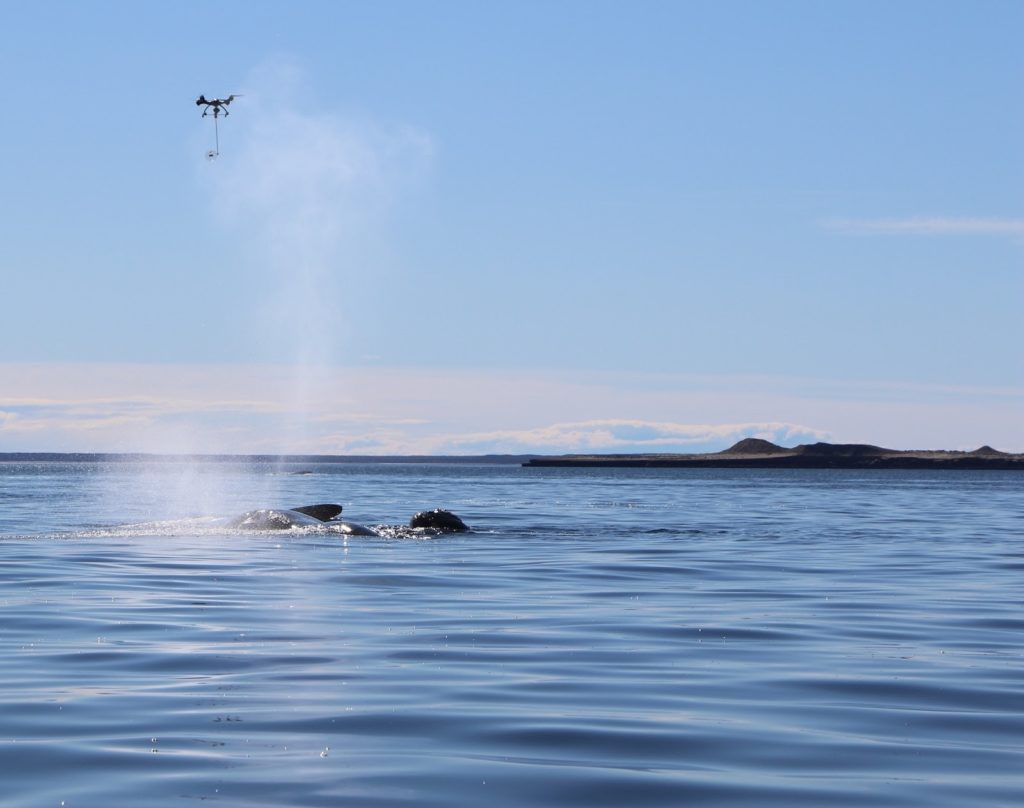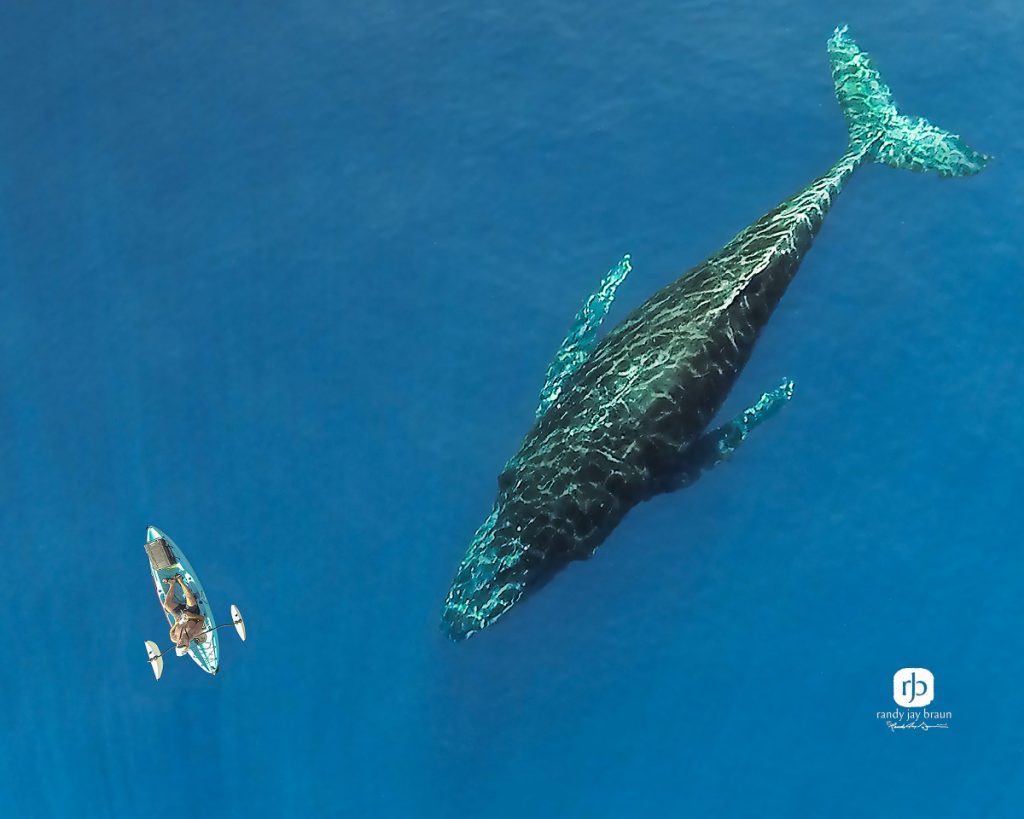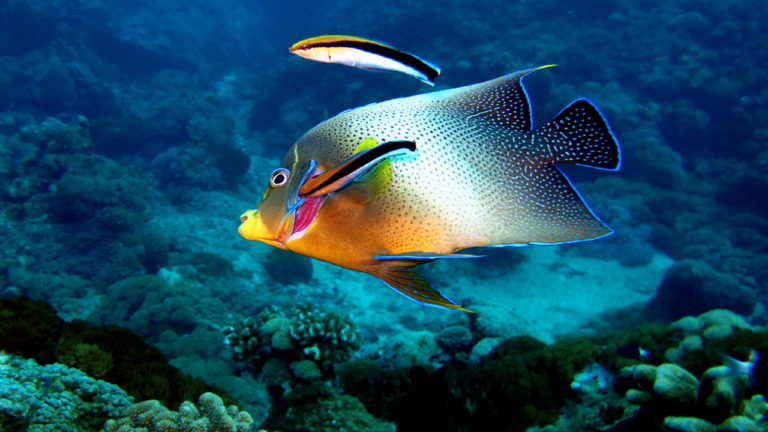This blog article was written by Cassidy Lord.
As Unmanned Aerial Vehicles gain popularity for recreational and commercial use, researchers are finding innovative methods for collecting photographic and spatial data.
A recent story circulated in popular media tells of Ocean Alliance’s use of Unmanned Aerial Vehicles (UAVs) to collect exhaled breath from marine megafauna. That’s right, a drone collecting whale snot. The breath condensate collected by the UAV—officially named the SnotBot—contains the whale’s DNA. Analysis of the sample can provide information about toxin and hormone levels within the animal, including pregnancy hormones, as well as diet and health conditions of the animal.

This is just one example of benign research techniques, noninvasive methods for collecting data from organisms without the organism’s knowledge. This is extremely important when studying wildlife because the act of observation by researchers can cause the animals to change their behavior. With the adoption of UAVs for data collection, marine mammal researchers are at the forefront of discovering novel uses of this new technology.
Researchers at Murdoch University in Perth, Australia were using UAVs to collect population data on Southern Right whales when they captured aerial video footage of a rare white calf. Other researchers working near Baffin Island in Canada witnessed bowhead whales mysteriously rolling onto their backs in shallow waters, researchers used UAVs to discover that they were, in fact, just scratching their backs on submerged rocks.

But, many ask, is this type of research ethical? How benign are these research methods, really? The researchers at Murdoch University had that same question, so they developed a study to see how disruptive UAVs are to marine mammals.
They analyzed in-air and in-water noise levels produced by two popular UAVs used for marine mammal research, the SwellPro Splashdrone and the DJI Inspire 1 Pro. Although they found that pinnipeds on land displayed aversion behavior when the UAV was flown at low levels, no aversion behavior toward the UAV was noticed in animals in the water. Further, it was found that the noise traveled poorly in the water and could only be detected above background noise at 1 meter in depth when flying less than 10 meters above the water. This frequency of sound is below the hearing threshold of toothed whales, but above the threshold for baleen whales and pinnipeds.

This is wonderful news for continued research using UAVs. Traditional study methods using fixed wing aircraft and helicopters are notoriously expensive, time consuming and disruptive to wildlife. Researchers frequently note behavioral changes caused by the presence of these vehicles, as well as physiological effects, including stress and hearing impairment. The excessive noise levels of aircraft can also mask communication and echolocation signals.
When considering the need for close range flying above study animals, the use of UAVs offers an unparalleled opportunity for data collection with minimal disturbance to the organisms. With such innovative inventions as the SnotBot, the sky really is the limit…as long as you stay below the 400 foot FAA flight ceiling.
For sources used in this blog and additional resources on this topic, please see the Resources page.




